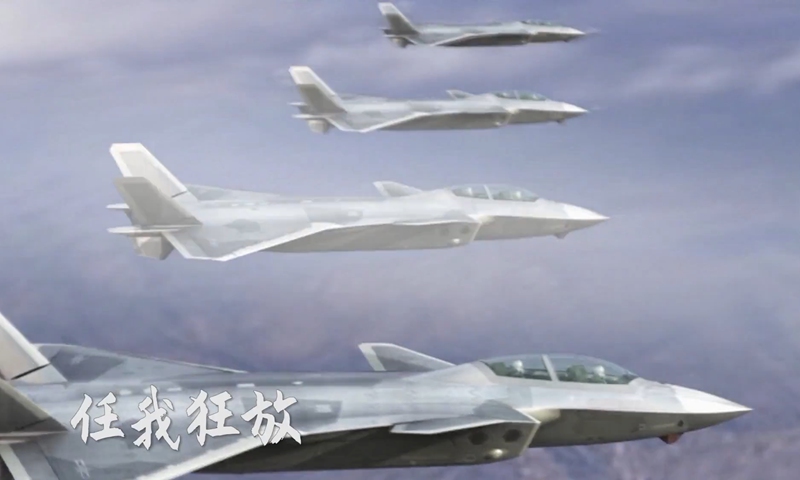@MiG-29SMT
J-20 vs Rafale comes out to two things. First, the J-20 has a significant RCS advantage in BVR; the J-20 and Rafale have roughly the same design, but the J-20 is more stealth optimized and can stow weapons internally, which the Rafale can't, so in practice, the Rafale has a much higher RCS than stated. The canard placement on the Rafale, likewise, is not optimal either (it's obvious that the Rafale doesn't have coplanar canards with the opposite wings either). Likewise, when it comes to the radar, which is decisive in BVR, the J-20 AESA is significantly larger and likely to be more capable than the Rafale radar. So BVR-wise, the Rafale is not at advantage. The current Meteor, you might claim, changes the equation, but it's attacking a stealth target (needs a lot of datalinking and radar power to actually find the J-20) while not having an AESA seeker like the PL-15, so it'll be vulnerable to jamming.
The other thing comes out to range. The J-20, in a worst case scenario, should range around 1700 km combat radius on internal fuel and likely does 2000 km combat radius. For the Chinese, it allows them to base their aircraft far away from the border, and likewise allows the J-20 to burn fuel if it's using a closer base to the combat zone.
Notice that the F-35, for instance, actually gets fairly good kinematics once it's on low fuel; it can do airshow performance and all sorts of stunts when its fuel tank is low. But the F-35 has a huge fuel tank, around 40% of its loaded weight. The J-20, likewise, reaches the same level, but since it has larger range than the F-35, it can fight with even less fuel than the F-35 and still get back to base.
Once the J-20 is fuel-depleted (i.e, not operating at its maximum range), all its numbers start to look rosy (better thrust to weight, better wing loading). The Rafale has a good combat range as well, but that's with external tanks, and once the external tanks are jettisoned the Rafale is still carrying a full fuel tank and its kinematics go to shit. If it's flying at "normal" ranges (400 km or so away from base), it has very good numbers, but the same ranges for the J-20, the J-20 is either comparable or better.
===
I think with the Indians, who are more trained in the Russian style of wanting to go WVR, will be reasonably happy with the Rafale compared to the J-20. The J-20, until it gets TVC WS-15 engines, isn't going to be exceptional WVR, and it's going to be more oriented toward its PL-10 ASR to settle WVR fights and leave instead of having it become a true dogfight. It's just, first, not worth assuming the J-20 is screwed once it gets WVR (it has missile superiority), and second, not worth assuming you'll be able to trap a J-20 in WVR.
The InAF is probably better off moving to the F-35, whatever they can get, to offset the J-20 (which I've stated is economic suicide), but it's going to take a while before it gets F-35s (i.e, recession, no requests for F-35s from the United States thus far).

